Top 10 questions about Kosciusko County lakes
What’s up with zebra mussels? How does a lake spring work? Does boating stir up the bottom of your lake (or does it have any impact at all?) What’s the temperature at the very bottom of your lake?
In this post, we answer those questions and many more. All of these were sourced from people like you around six Kosciusko County lakes (Chapman, Wawasee, Winona, and the Tippecanoe chain) during the Lilly Center’s 2020 Ecotours!

#1 – How do I keep my shoreline stable without accidentally putting fertilizer in the lake?
Native plants! (If you’re a long-time follower of our work and blog, this answer won’t surprise you.) Native plants are plants that have existed within a certain region for a long period of time, and are adapted to that region’s weather, and animal and insect inhabitants. They filter rain and runoff, keep soil from eroding, and provide a healthy habitat for native critters. Native plants also require less fertilizer and water than non-native plants. Although they take a year or two to establish, they’re a lake-focused way to beautify your shoreline… and spend less time on yard work!
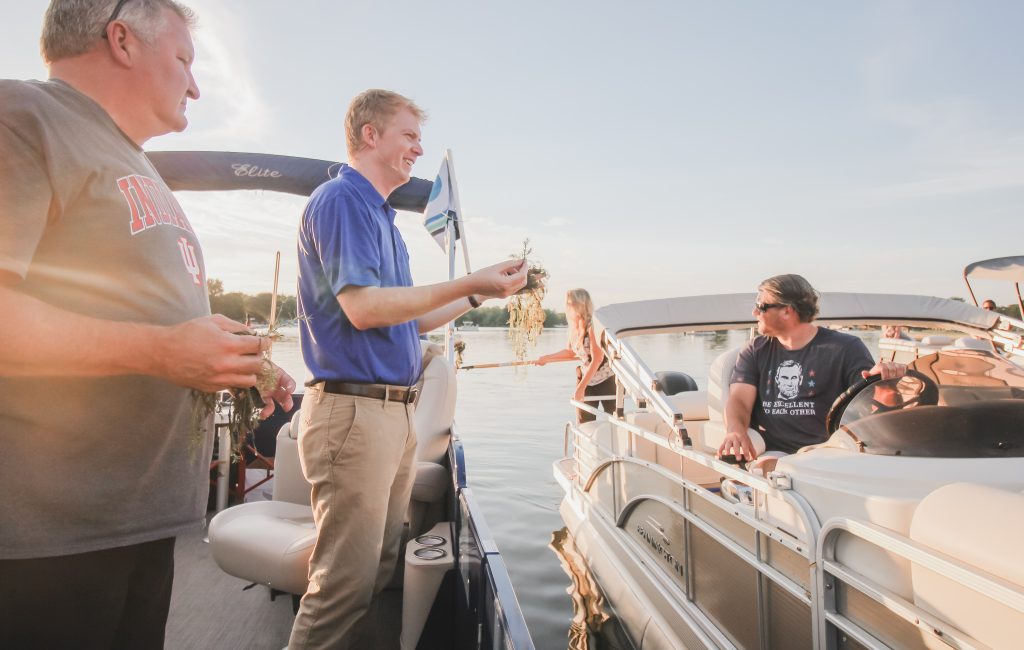
#2 – What’s the difference between watermilfoil and hydrilla?
Eurasian watermilfoil and it’s look-alike, hydrilla, share a few traits. Both grow beneath the surface, are perennials, and have leaves arranged in a similar pattern. The best way to tell them apart is to compare the shape of the leaves. Eurasian watermilfoil is feather-like and very thin; hydrilla is thicker and has serrated edges.
Both are considered invasive species. (You can learn about them on Indiana’s DNR website!) They can grow in dense mats on the surface of the lake, preventing sunlight from reaching native plants and other organisms that rely on photosynthesis. They also clog pipes and offer little food and habitat for native wildlife. After you enjoy a day at the lake, make sure to check your boat and other water recreation equipment for any stray strands.
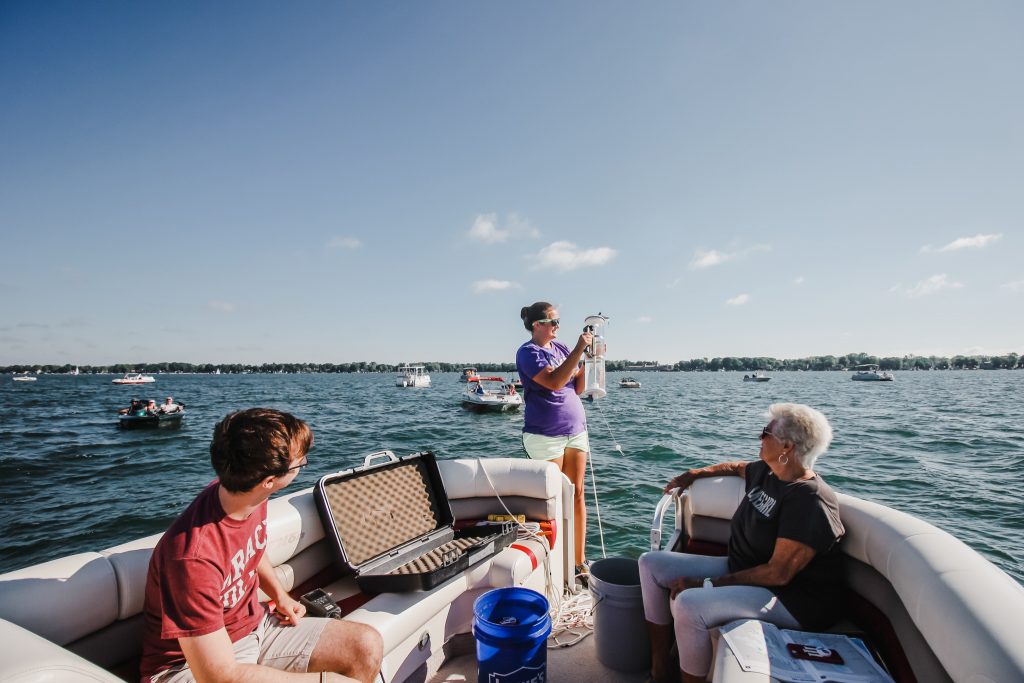
#3 – What’s the temperature of the very bottom of my lake?
It varies slightly, but most lakes in our region sit between 40-60 degrees Fahrenheit in summer. Because Lake Tippecanoe (43 degrees) is deeper than Syracuse Lake (60 degrees), for instance, there is about a 20-degree difference between the two.
After fall turnover, though, the bottom layer of water will actually be warmer than the top! This does two things during the winter months: It causes the top layer to create ice, and it allows fish to find dissolved oxygen.

#4 – What can we do to get rid of zebra mussels?
Unfortunately, this doesn’t have a simple solution. Once zebra mussels have entered a lake, they usually stay. Zebra mussels are filter feeders, which means they suck in water and munch on the microscopic organisms (like algae) that enter with the water. If you were to remove all algae from a lake, zebra mussels might die back, but so would lots of other organisms that rely on algae.
The best way to keep invasive species like zebra mussels from entering your lake is to make sure your boat and other water equipment are clean and dry after each use. That way, any zebra mussels that might be trying to hitch a ride are removed before you put your boat into a lake!

#5 – Should we reduce goose populations to help the lake?
The short answer: maybe. Goose droppings are definitely a source of nutrients for our lakes, and likely cause more weeds and algae to grow. However, research needs to be done to understand if the droppings are having a notable impact.
In general, it’s best to avoid feeding geese and giving them a place to eat. One way to do this is to plant native species on your shoreline! Tall grasses and flowering plants act as a natural deterrent, preventing geese from seeing the horizon, which acts as their escape route from predators.
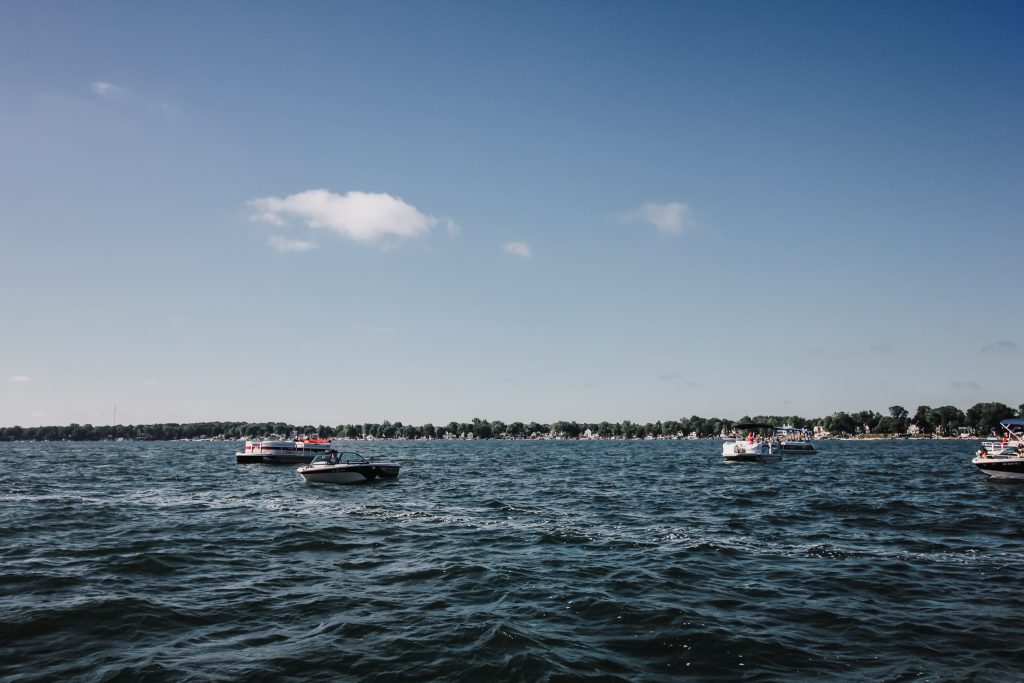
#6 – How do lake springs work in Kosciusko County?
A lake spring is the result of an aquifer being filled to the point that it overflows and pushes water up through the bottom of the lake. In other words, in a lake spring, water passes easily between groundwater and lake water. Typically, groundwater pressure is relatively high, especially when wet weather conditions lead to a high water table around the lake, so cold groundwater is pushed into the lake through the spring. Our research has shown that during drier conditions, on the other hand, there is more pressure in the lake such that the spring reverses flow and water leaves the lake to recharge the groundwater.

#7 – What can be done about starry stonewort?
Starry stonewort is not likely to be completely removed from our lakes, so we’ll have to learn to work around it! It can grow in water anywhere from a few inches to nine meters deep. It prefers hard water, and can tolerate low-light conditions. Starry stonewort is a nuisance for boaters and lake habitats alike! It can out-compete native species and create dense mats on the surface.
As with most aquatic invasives, the best way to avoid spreading it is to keep your boat and other water equipment clean and dry between outings. If you’re considering spraying for weeds of any kind, make sure you reach out to the experts first!
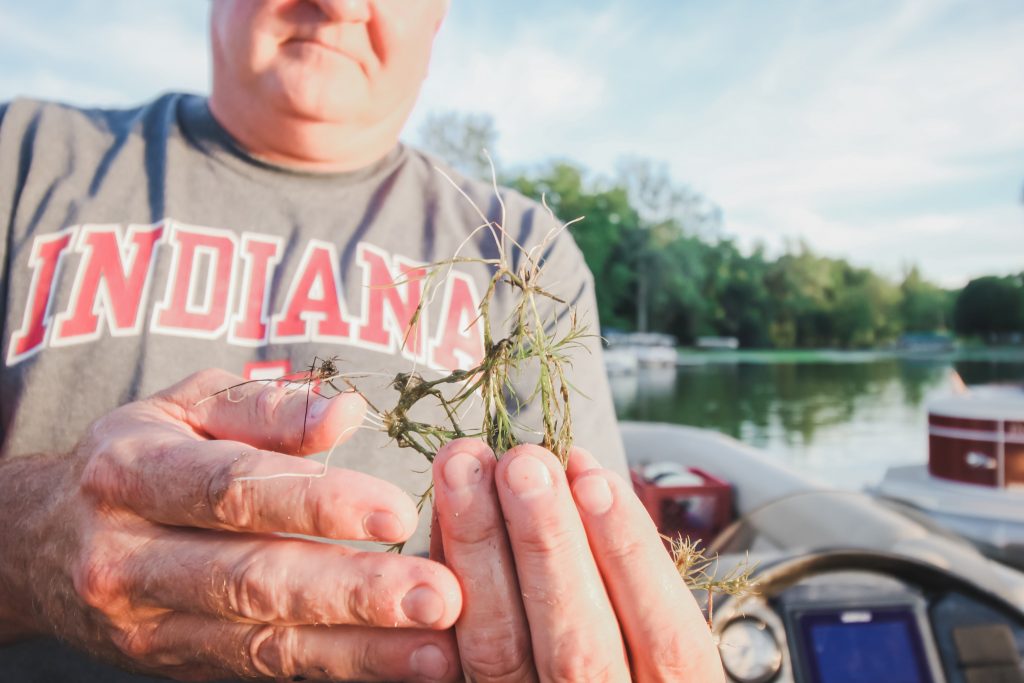
#8 – Do boats stir up the bottom of the lake?
After conducting a study during the summer of 2018, our research team found that boats don’t have a huge impact on the lake bottom. Medium and high speed boating is healthiest for the lake in water 10 feet deep or deeper, where it’s far enough away from the lake bottom. In shallow water, especially over mucky or muddy lake bottom, make sure you operate your boat with no wake until you reach deeper water. That will minimize the impact on water quality!
When your boat stirs up the shallower areas of a lake, it is releasing nutrients (fertilizer, decaying leaves, etc.) back into the water column, where algae and other organisms can use them. That can lead to algae blooms and excess weeds, both of which make it less enjoyable to sit along your shoreline or go swimming!
The simple take-away is this: If you operate your boat at high speed in water that is deeper than 10 feet, you’re unlikely to stir up the bottom.
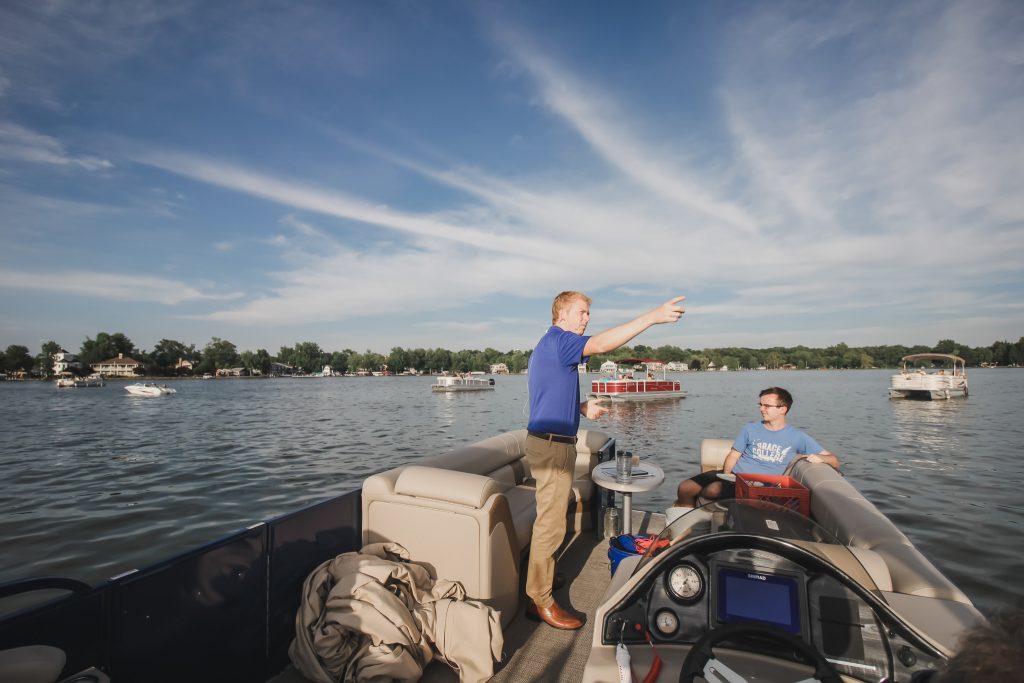
#9 – What is the thickest ice ever recorded on my lake?
We dug up research from 1956 to answer this question! Ice thickness is typically 7-8 inches in northern Indiana but can get up to 24-30 inches during colder winters.
The ice alters the underwater environment by insulating and shading the lake and forming a seal that stops oxygen movement between the air and water. The water temperature stays around 39 degrees Fahrenheit for the entire winter except for the water very near the ice surface, which is close to the freezing point of 32 degrees. The ice insulates the lake and prevents it from getting much colder than it is when the ice initially forms.
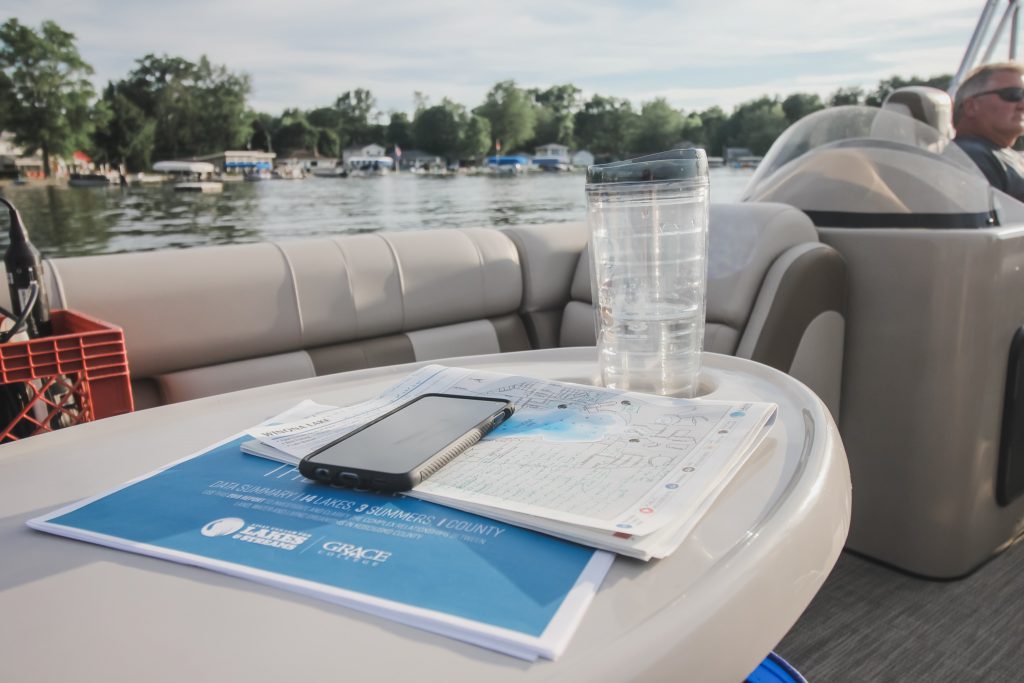
#10 – How can we support the work of the Lilly Center?
Lakes tend to change in small increments over long periods of time… but the actions of our community can either speed up or slow down the process. Consistent, detailed research allows our team to notice those changes, discover what causes them, and suggest best-practices to keep Kosciusko County lakes healthy and safe!
When you give toward the Lilly Center’s research and K-12 education work, 100% of your gift helps us continue to understand local lakes and streams.